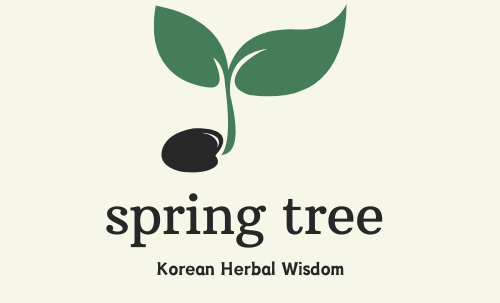rich in saponins, is known for supporting respiratory health. Learn how to prepare and cook this nutritious root with simple recipes and storage tips!
Balloon Flower Root: A Delicious and Healthy Wild Herb
Hello there! 😊
Today, let’s explore balloon flower root, a wonderful wild herb often used in Korean cuisine. Known for its slightly bitter flavor and numerous health benefits, this versatile root can be transformed into a variety of dishes. Ready to learn more about its benefits, recipes, and how to store it? Let’s dive in!
1. What Is Balloon Flower Root?
Balloon flower root (Platycodon grandiflorum) is a perennial herb with deep, fleshy roots that are widely used in cooking and traditional medicine. It thrives in sunny meadows and hillsides, making it a popular wild herb across Korea.
Physical Features:
Height: Grows between 40–100 cm tall.
Leaves: Oval or lance-shaped, 4–7 cm long and 1.5–4 cm wide, with sharp serrated edges.
Distribution: Found nationwide in Korea.
Edible Parts:
Root: Used in stir-fries, pickles, and as a side dish.
2. Health Benefits of Balloon Flower Root
This humble root is packed with nutrients and saponins, which provide a wide range of health benefits:
Respiratory Health: Helps reduce phlegm and soothe the throat, making it great for colds and bronchial conditions.
Blood Sugar Control: Assists in lowering blood sugar levels and cholesterol.
Boosts Immunity: Contains antioxidants that strengthen the immune system and fight inflammation.
Digestive Aid: Its mild bitterness stimulates digestion and appetite.
3. How to Cook Balloon Flower Root
Balloon flower root can be prepared in various ways, from savory stir-fries to tangy pickles. Here are two easy and delicious recipes to try:
Seasoned Balloon Flower Root (Muchim)
Clean the roots thoroughly, peel off the skin, and slice thinly.
Soak the slices in salt water for 10–15 minutes to reduce bitterness.
Rinse and squeeze out excess water.
Mix with gochujang (Korean chili paste), sesame oil, garlic, and a pinch of sugar.
Enjoy this spicy and savory side dish with rice or noodles.
Balloon Flower Root Pickles (Jangajji)
Slice cleaned roots into bite-sized pieces.
Prepare a brine with soy sauce, vinegar, sugar, and water.
Add the root slices to the brine and let them soak for at least 24 hours.
Store in the refrigerator and serve as a tangy accompaniment to any meal.
4. When and How to Harvest Balloon Flower Root
Best Time to Harvest:
The prime season for balloon flower root is July to August, but it can be harvested year-round.
Where to Find It:
Look for it in grassy fields and hillsides with well-drained soil.
Harvesting Tips:
Choose thick, healthy roots for the best flavor and texture.
Clean thoroughly to remove any dirt or debris before cooking.
5. How to Store Balloon Flower Root
Proper storage keeps balloon flower root fresh and ready to use:
Refrigeration:
Peel and clean the root, then wrap it in a damp paper towel and store in an airtight container. It will stay fresh for up to one week.
Freezing:
Slice the root, blanch lightly, and freeze in small portions. This method preserves its flavor and texture for months.
Pickling:
Turn the root into pickles (jangajji) for a long-lasting, flavorful side dish.
6. Why You Should Try Balloon Flower Root
Balloon flower root is more than just a wild herb—it’s a natural remedy and a flavorful ingredient that can elevate any dish. Whether you enjoy it as a spicy side dish or a tangy pickle, this root is a fantastic way to bring the benefits of nature to your table.
Have you tried cooking with balloon flower root? Let me know your favorite recipes or tips in the comments—I’d love to hear from you! 😊
